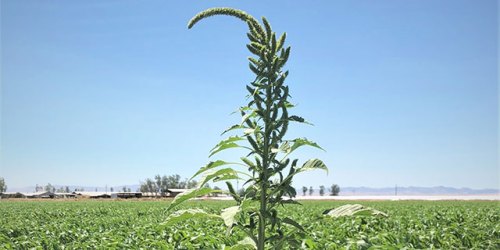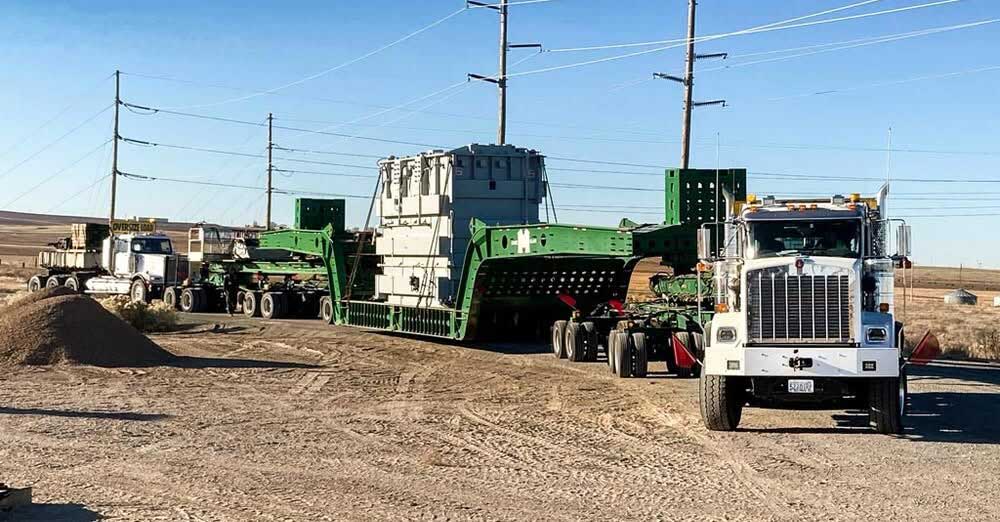Eastern Oregon volunteer needed for fight against weeds
Published 12:05 pm Tuesday, June 10, 2025

- Palmer amaranth, added to Oregon’s noxious weed list in 2024, can inhibit the growth of productive crops. The weed is native to the Southwest but has spread across the country. (Courtesy Oregon Seed Association)
Wildfires scorched nearly 2 million acres in Oregon in 2024 — that’s a lot of ground for weeds to gain a foothold.
Noxious weeds are often the first plants to sprout in burned areas, making the coming years critical for recovery and protecting natural resources, said Tristen Berg, Oregon Department of Agriculture noxious weed grant coordinator.
That’s particularly true in Eastern Oregon, where fires hit the hardest the past summer.
“That’s ground for cattle and hay grazing, that’s alfalfa. It’s an important resource and we need to protect it,” Berg said.
Berg is looking for a volunteer in Eastern Oregon to help the state fight against weeds.
Awards lottery funds
The ODA is seeking a new member for the Oregon State Weed Board. The volunteer would fill a 4-year term for an at-large position open to residents east of the Cascade Range.
The seven-member board, appointed by the ODA director, represents noxious weed control interests from across the state.
Board members guide statewide noxious weed priorities, maintain the state’s noxious weed list and award grants from lottery funds.
The next biennium, the weed board will view applications for $3.5 million in grants, Berg said.
Grants have been awarded for surveys and treatments in burned areas in Eastern Oregon in 2025 to make sure weeds are killed or contained, she said.
Berg said ranchers, farmers or retired natural resource experts would be ideal applicants for the weed board.
“There are lots of great fits,” she said.
Berg added that the weed board only meets twice a year, and there’s a virtual option to participate. The board also has an annual field trip to see the impact of noxious weeds.
The deadline to apply for the position has been extended until June 16.
For more information, and to fill out an interest form, go to https://www.oregon.gov/oda/weeds/Pages/weed-board.aspx.
Palmer amaranth
While the period of fire recovery is important for the landscape, Oregon also faces new threats such as Palmer amaranth, which was added to the state’s noxious weed list in 2024.
“It’s definitely one that we don’t want more distribution in the state,” Berg said.
According to Oregon State University, Palmer amaranth was first found in Oregon in 2023 in Malheur County.
It was recently found in Marion County in the Willamette Valley in 2024, and also has invaded areas of Washington and Idaho.
Palmer amaranth is an aggressive, annual broadleaf weed that can inhibit the growth of productive crops, according to the USDA.
The weed is native to the Southwest but has spread across the country.
Palmer amaranth grows fast and commonly reaches 6-8 feet tall. The weed is highly competitive, can develop resistance to pesticides, uses water efficiently and is a prolific seed producer.
A single plant can generate up to 600,000 seeds. Palmer amaranth also can be toxic to livestock.





